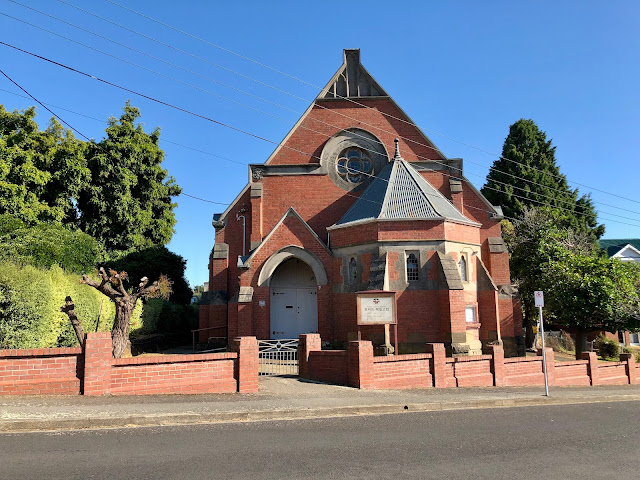No. 1274 - Longford - Cressy Road Anglican Church and School House (1871)
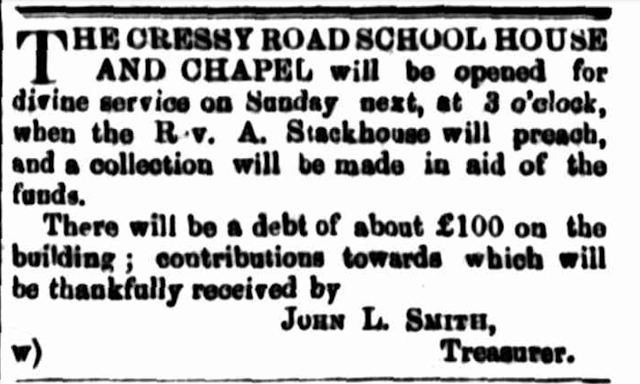
This ‘blog entry’ is one of a series of articles about places of worship which are barely represented in the historical record. Usually no images of these buildings have survived. My hope is that these brief articles may result in further information and photographs coming to light enabling a more complete history to be preserved. Longford is an historical country town approximately 25 kilometres south of Launceston. The district around Longford was first known as the Norfolk Plains after the Norfolk Islanders who were resettled here in 1813. The Cressy Road Church School (also known as the Halfway School) was situated near the corner of Cressy Road and Munden Lane which is about 2 kilometres south of the town centre. The church was built in 1871 and closed in the early 1930s before being removed in 1941. The opening of the “Cressy Road School House and Chapel” took place on Sunday 25 June 1871. The event was recorded by the Cornwall Chronicle: “On Sunday….a building, which has been ...


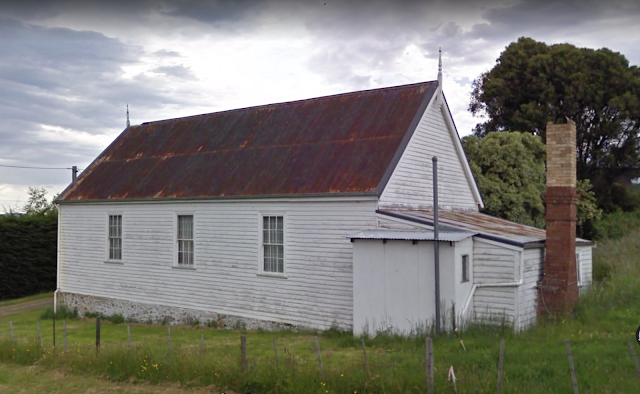
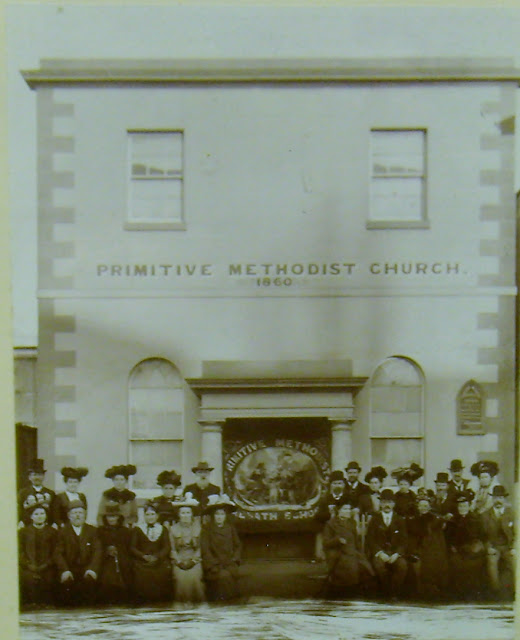
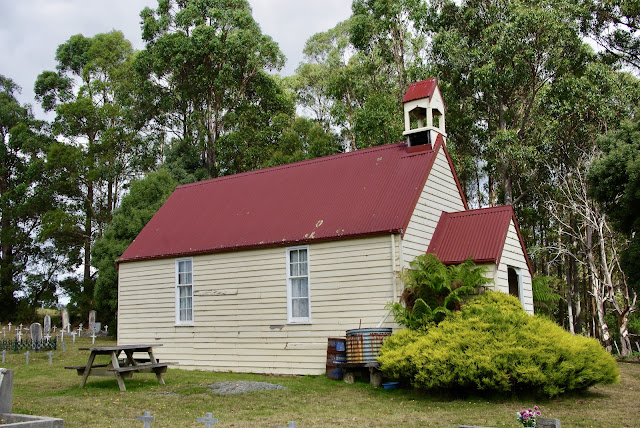
.jpg)

